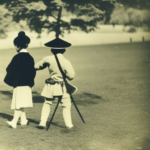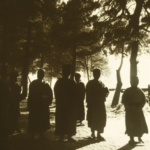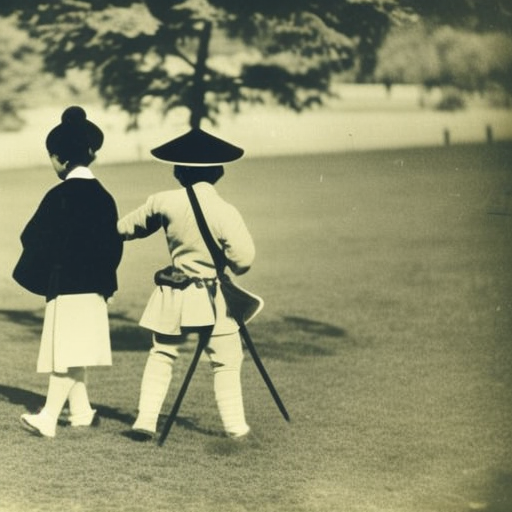The Spread of Buddhism along the Silk Road
The spread of Buddhism along the Silk Road was a significant historical event that occurred during the ancient and medieval periods. The Silk Road was a network of trade routes that connected the East and West, stretching from China to the Mediterranean Sea. This vast network facilitated the exchange of goods, ideas, and religions, including Buddhism.
Introduction to Buddhism:
Buddhism originated in the 6th century BCE in ancient India. It was founded by Siddhartha Gautama, also known as the Buddha, who sought enlightenment and taught the path to end suffering. Buddhism emphasized the Four Noble Truths and the Eightfold Path as the means to achieve enlightenment and liberation from the cycle of rebirth.
The Silk Road:
The Silk Road was a complex network of trade routes that spanned over 6,000 miles. It connected various regions, including China, India, Central Asia, the Middle East, and Europe. The Silk Road was not only a route for the exchange of goods, such as silk, spices, and precious metals, but also for the transmission of ideas, cultures, and religions.
Buddhism’s Journey along the Silk Road:
Buddhism began its journey along the Silk Road during the 2nd century BCE. The expansion of the Mauryan Empire under Emperor Ashoka played a crucial role in spreading Buddhism beyond India’s borders. Ashoka’s support for Buddhism and his efforts to promote it led to the religion’s dissemination along the Silk Road.
Spread to Central Asia:
Buddhism first reached Central Asia through the efforts of missionaries and traders. The Kushan Empire, which ruled over parts of present-day Afghanistan, Pakistan, and Central Asia, embraced Buddhism and became a significant center for its propagation. The Kushans played a vital role in spreading Buddhism to regions like Bactria, Sogdiana, and the Tarim Basin.
Spread to China:
Buddhism arrived in China via the Silk Road during the Han Dynasty (206 BCE – 220 CE). Initially, Buddhism faced resistance and was seen as a foreign religion. However, during the 1st century CE, Buddhism gained popularity among the Chinese elite and gradually spread among the common people. The translation of Buddhist scriptures into Chinese played a crucial role in its acceptance and assimilation into Chinese culture.
Spread to Central Asia and the Middle East:
During the 2nd and 3rd centuries CE, Buddhism continued to spread along the Silk Road, reaching regions such as Parthia, Sogdiana, and the oasis cities of Central Asia. The Kushan Empire’s decline and the rise of the Sassanian Empire in Persia further facilitated the spread of Buddhism. Buddhist monasteries and stupas were established along the Silk Road, serving as centers for religious practice and education.
Spread to Southeast Asia:
Buddhism also spread to Southeast Asia through maritime trade routes connected to the Silk Road. Indian merchants and missionaries played a crucial role in disseminating Buddhism to regions like Sri Lanka, Myanmar, Thailand, Cambodia, and Vietnam. These regions adopted Theravada Buddhism, which became the dominant form of Buddhism in Southeast Asia.
Impact of Buddhism’s Spread:
The spread of Buddhism along the Silk Road had a profound impact on the regions it reached. It led to the establishment of Buddhist communities, the construction of monasteries, and the development of Buddhist art and architecture. The exchange of ideas and cultures along the Silk Road also influenced the development of different Buddhist schools and sects.
In conclusion, the spread of Buddhism along the Silk Road was a significant historical event that facilitated the transmission of Buddhism from India to Central Asia, China, and Southeast Asia. This dissemination of Buddhism contributed to the cultural, religious, and artistic exchange between different regions along the Silk Road, leaving a lasting impact on the development of Buddhism and the societies it encountered.











